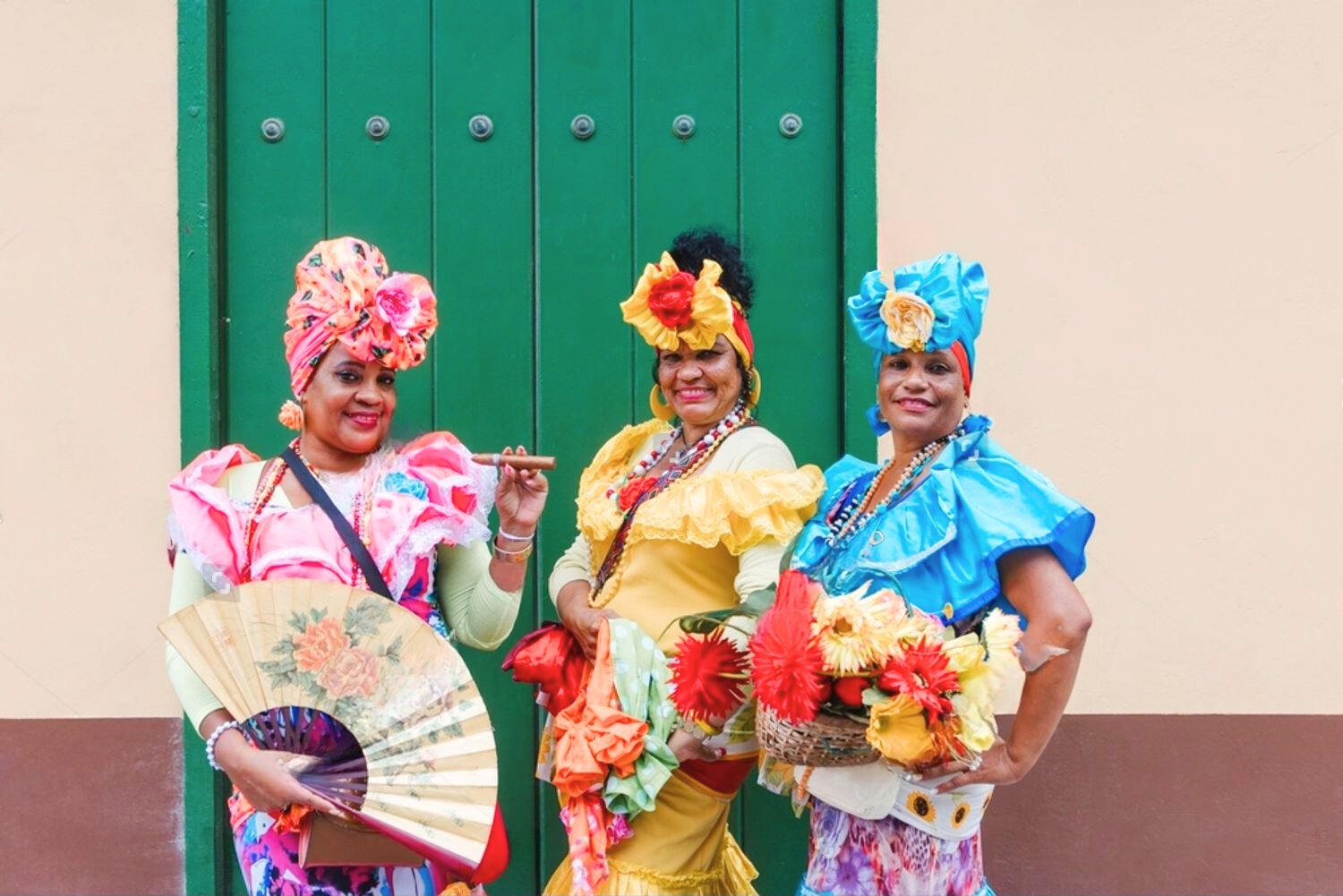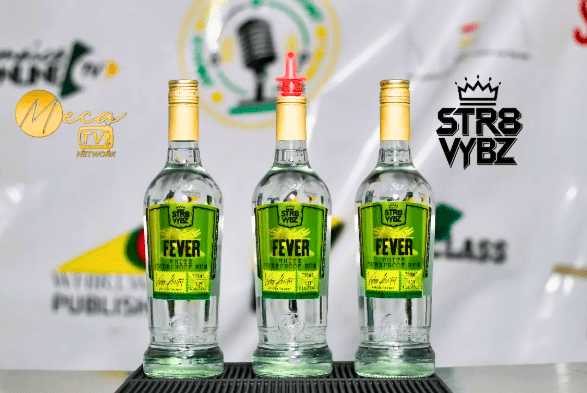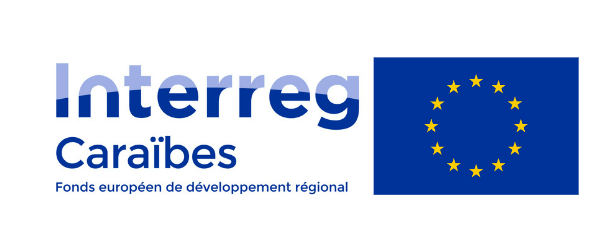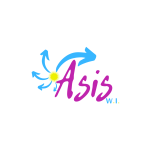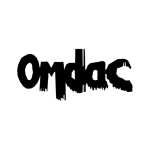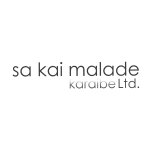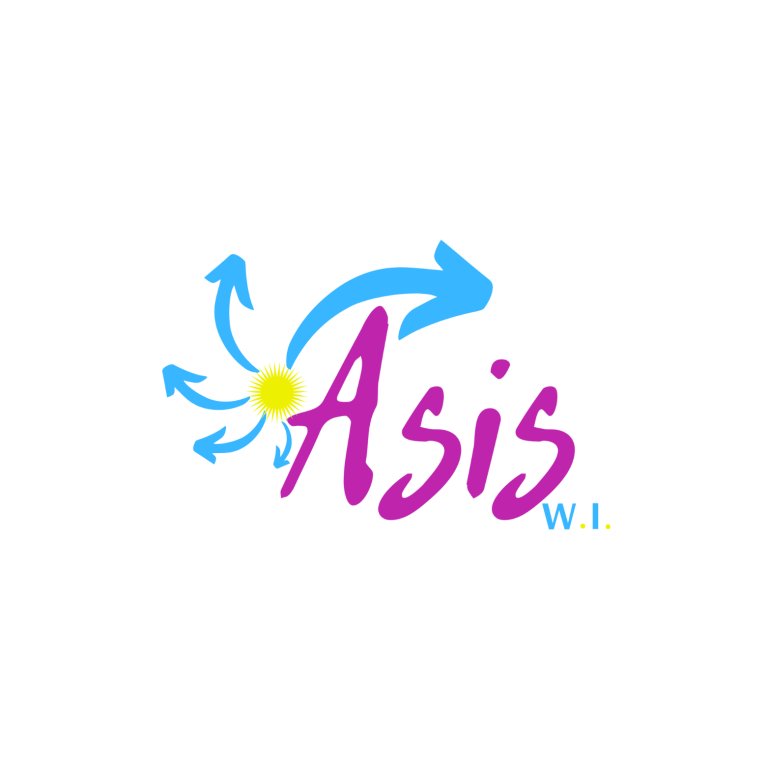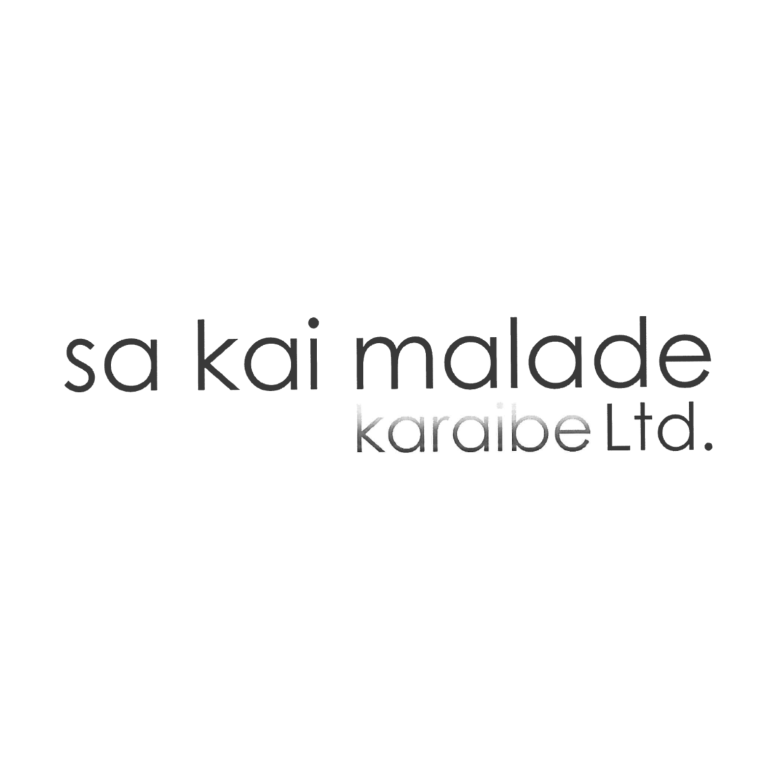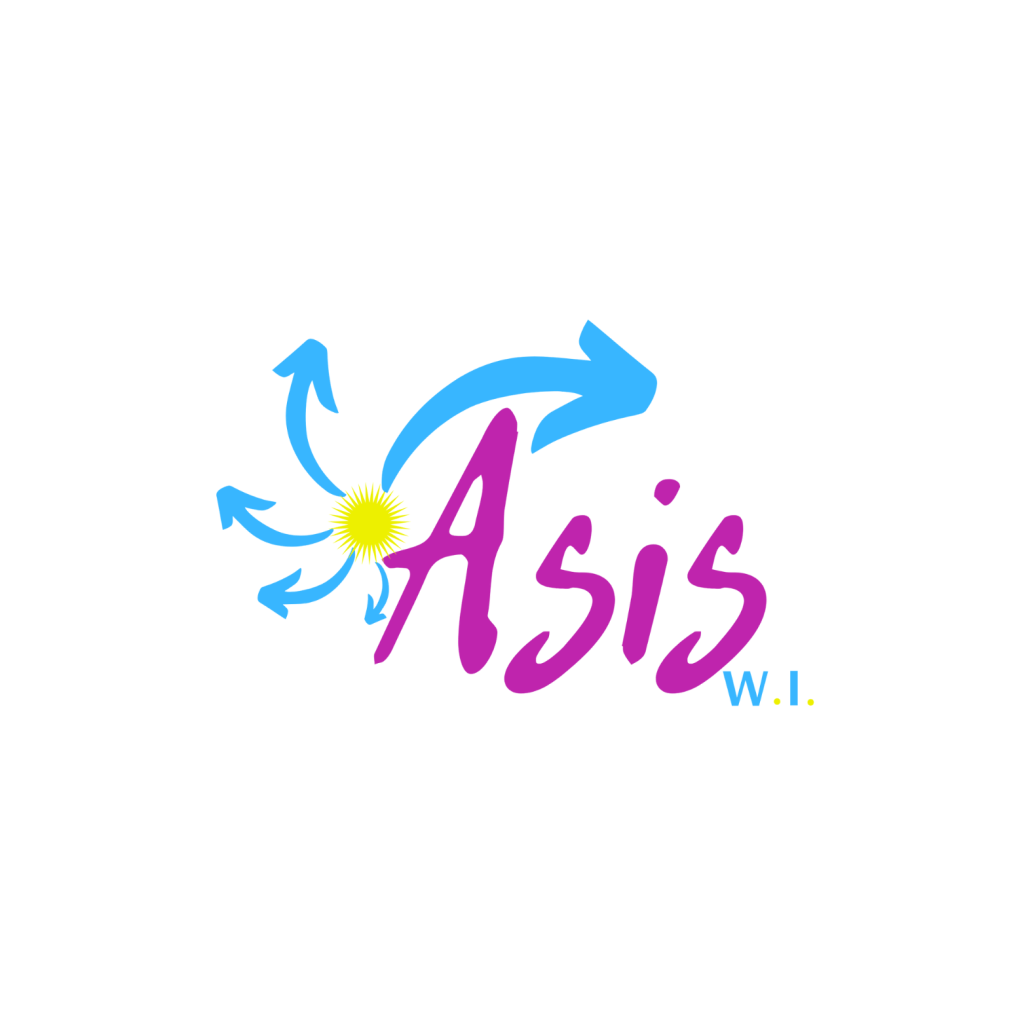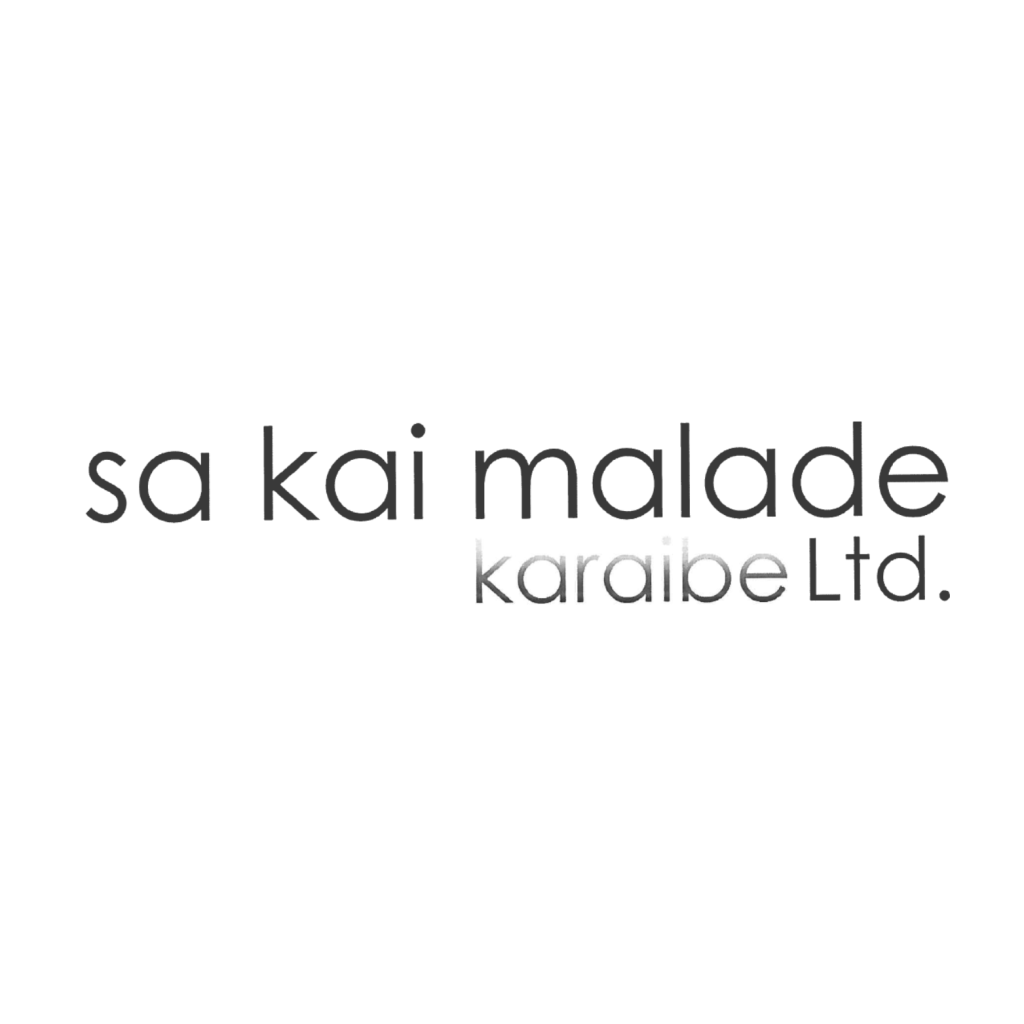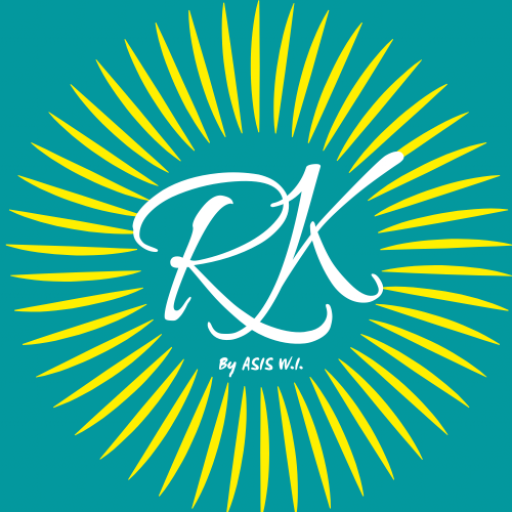The Creole is a language born of the need for communication between slaves and their masters in the Caribbean colonies, is a true symbol of resilience and cultural heritage. This language, which has fused the sounds of French, English, Portuguese, Dutch, Spanish and several African languages, continues to play a crucial role in the identity of the peoples of the Caribbean.
History and evolution of Creole
It was born in the tumultuous context of colonial history, when communication between slaves and their masters was essential. This pidgin language, initially used for simple exchanges, quickly blossomed into a complex and rich language, reflecting both African and European linguistic diversity.
Each Caribbean island has developed its own language, with unique linguistic features. For example, Guadeloupean and Martinique Creole share lexical similarities with French, but also influences from African languages such as Lingala and Kikongo.
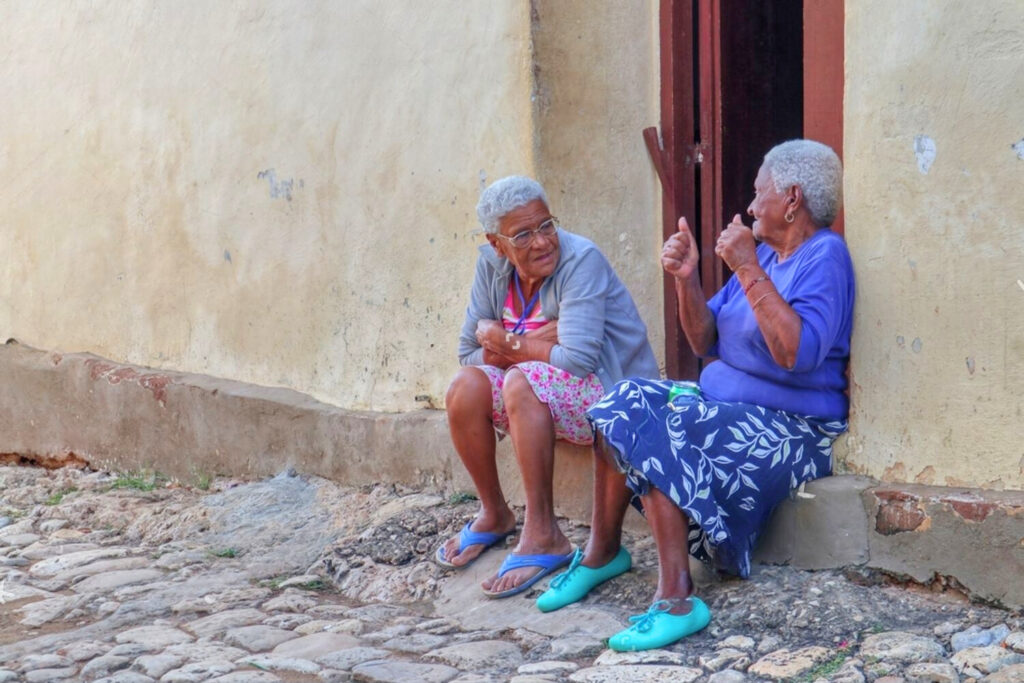
Other Caribbean Creoles
In addition to Guadeloupean and Martinique Creole, several other Creoles are spoken in the Caribbean region.
Haitian Creole
It’s one of the most widely spoken languages in the Caribbean, with around 11 million speakers, mainly in Haiti. It emerged from the same period of colonization and slavery as Guadeloupean and Martinican Creole, but has developed distinct lexical and grammatical peculiarities. Haitian Creole is based on French, but also includes African and Amerindian influences.
Dominican and Saint-Lucien Creole
Dominican and St. Lucian Creole are closely related to Guadeloupean and Martinican Creoles, sharing similar syntactic and grammatical structures. These languages are spoken on Dominica and Saint Lucia respectively. They contain lexical borrowings from French, English and African languages.
Guyanese Creole
It is spoken in French Guiana, is also based on French but includes Portuguese and African influences. This language is distinct from other West Indian Creoles due to its unique historical and geographical context.
Cuban Creole
In Cuba, Haitian Creole is spoken by a significant community of Haitian origin or descent, particularly in areas where Haitian workers were brought during the colonial period. The “Cuban patois” is a mixture of Haitian Creole, Spanish and African languages, and is increasingly learned and understood by Cubans.
Colombian Creole
In Colombia, there are two notable languages:
- Sanandresano
English: Spoken in the archipelago of San Andrés, Providencia and Santa Catalina, English-based Creole is closely related to the Creoles of Panama, Nicaragua and Costa Rica. It is recognized as an official language in this region. - Palenquero: Spoken in San Basilio de Palenque, near Cartagena de Indias, Palenquero is Spanish-based with Portuguese and African influences (notably Kongo and Kimbundu). This language has been preserved thanks to the community’s relative isolation.
The importance of culture and identity
Beyond its linguistic function, this language is a true heritage and identity. It has become a symbol of the soul of the Antilles, weaving bridges between continents and cultures. It is no longer associated solely with the children of the colonists, but extends to all those born in the various colonies, representing a collective and diverse identity.
Preservation and promotion initiatives
RichesKarayib: a édynamic cultural system
RichesKarayib is an initiative dedicated to the defense and promotion of language and culture. This project, supported by the INTERREG-Caribbean program, aims to preserve and celebrate the cultural heritage of the Caribbean through various initiatives and programs, such as “Creole HeartBeat”.
RichesKarayib works in collaboration with associations such as Sa Kai Malad Karaib Ltd (SKMK) in Dominica and OMDAC in Martinique. These partnerships aim to develop the Caribbean cultural industry, promote economic and cultural cooperation, and support sustainable growth in the region. The project includes activities such as the “RichesKarayib Voices” song challenge, which provides a platform for young artists from the region to develop their talents and gain international exposure.
Teaching and language regeneration
Teaching it in schools is crucial to its preservation. Studies have shown that integrating Creole into school curricula can contribute to linguistic regeneration, intellectual and identity development, and even reduce academic failure among young learners.
In Guadeloupe, for example, it is spoken by almost 93% of the population, and teaching it from kindergarten onwards is considered essential to maintaining the island’s cultural and linguistic diversity.
The International Decade of the World's Indigenous Languages
The International Decade of the World’s Indigenous Languages (2022-2032), declared by the United Nations, is a historic opportunity to promote and save indigenous and regional languages. This initiative aims to raise global awareness of the critical loss of these languages, and to take immediate action to protect and revitalize them.
UNESCO, as lead agency, organizes regional consultations to identify regional priorities and establish strategies and partnerships to promote and protect these languages. This multidisciplinary approach includes the participation of government representatives, indigenous peoples, social organizations, researchers and experts in the field of indigenous languages.
Threats and challenges
Despite preservation efforts, regional languages face a number of threats. Globalization and the increasing use of dominant languages often marginalize minority languages. Poverty, exclusion, discrimination and human rights violations are also factors contributing to the disappearance of these languages.
RichesKarayib's initiatives
RichesKarayib is involved in a number of initiatives to promote and preserve Caribbean culture and languages. Here are a few key examples:
- Creole HeartBeat and Riches Karayib Voices
These programs aim to celebrate and preserve the cultural heritage of the Caribbean. The “RichesKarayib Voices” song challenge, for example, is a musical competition that showcases the talents of young artists from the region, giving them a platform to gain international recognition. - Collaborations and Partnerships RichesKarayib works closely with local associations such as SKMK and OMDAC to develop the Caribbean cultural industry and promote economic and cultural cooperation.
- Publishing and Cultural Events: The project publishes RK magazine, available in print and digital format, which explores the vibrant cultures and unique territories of the region. In addition, the platform organizes cultural events and workshops to celebrate the cultural diversity of the Caribbean.
The Creole as a language of resilience and heritage, continues to play a vital role in Caribbean culture and identity. RichesKarayib’s initiatives and the UN’s efforts within the framework of the International Decade of the World’s Indigenous Languages are essential to ensure the preservation and promotion of this language.
By integrating it into school curricula, supporting cultural initiatives and raising awareness of the importance of linguistic diversity, we can ensure a sustainable future for this unique and rich language. It’s more than a language; it’s a bridge between cultures, continents and generations.

